Brood X Magicicada photo by Michael Malsam from 2004. Parts unknown.

Brood X Magicicada photo by Michael Malsam from 2004. Parts unknown.

Brood X Magicicada photos by The McShane Family from 2004. Towson, Maryland.
Cicada exuvia on a fence:
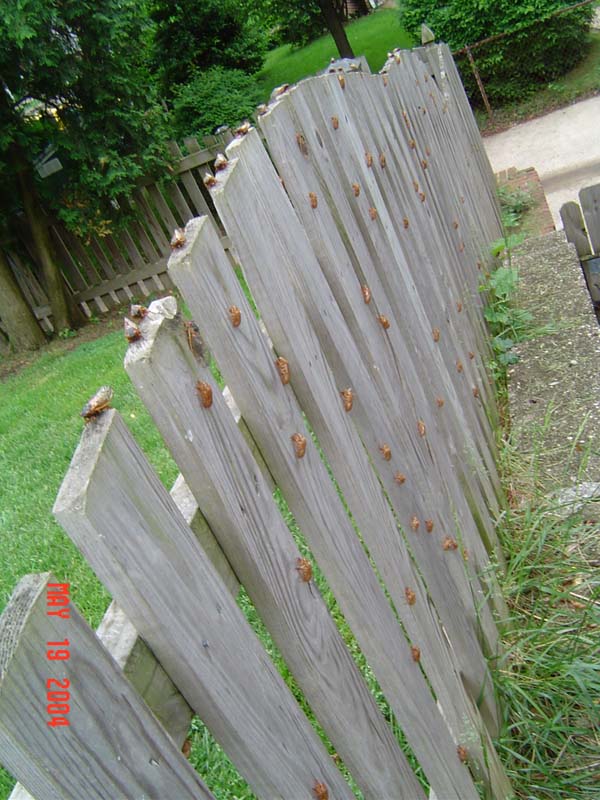
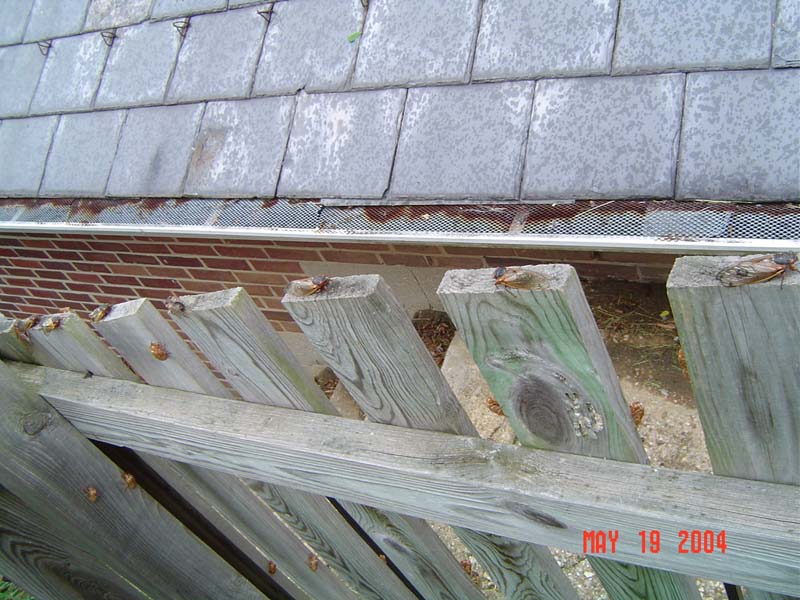
Cicadas on playground equipment:
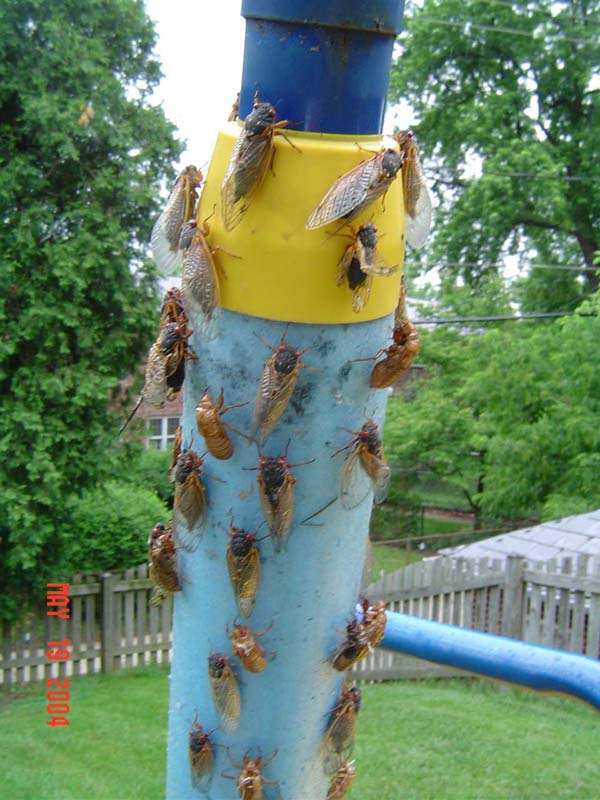
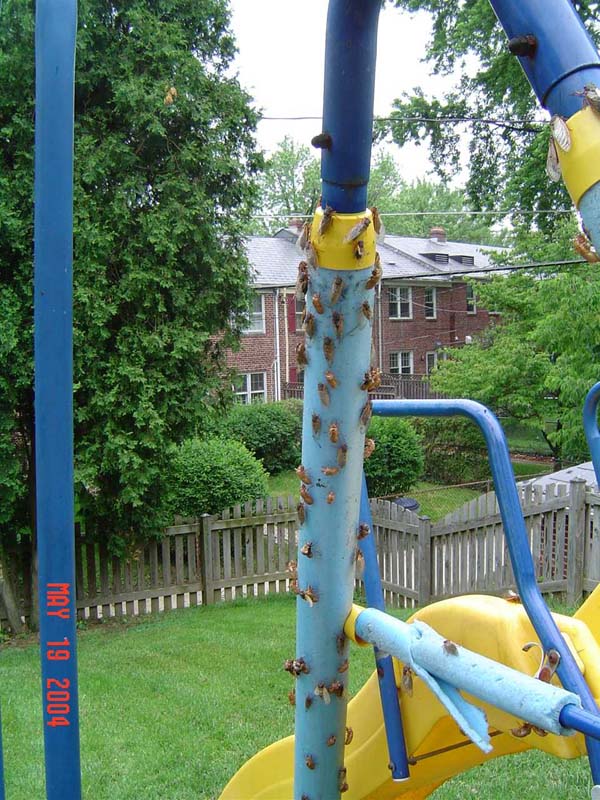
Cicadas on a tree trunk
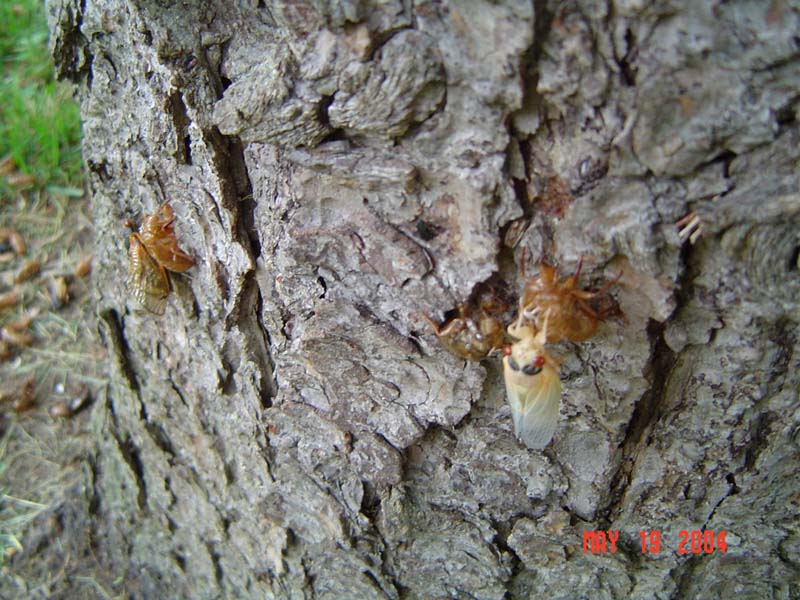
Cicada skins/exuvia and dead cicadas at the base of a tree
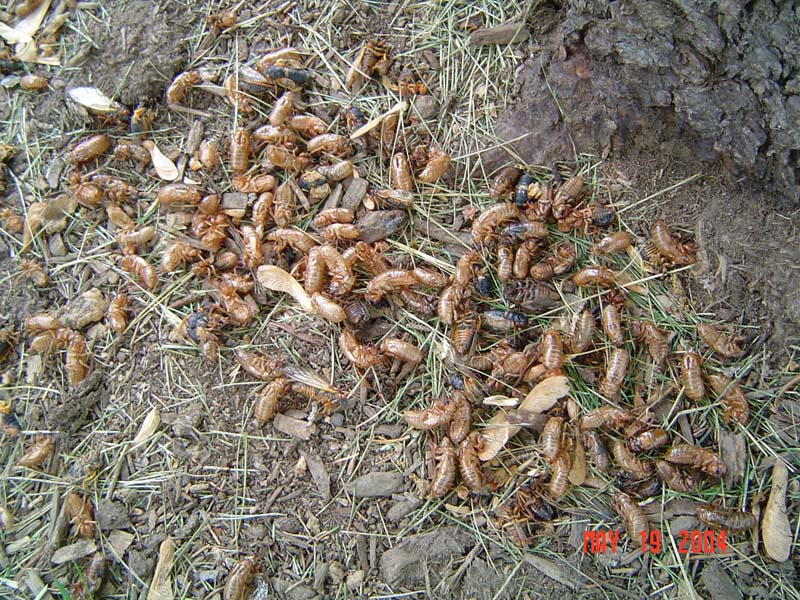
Cicada on tree bark
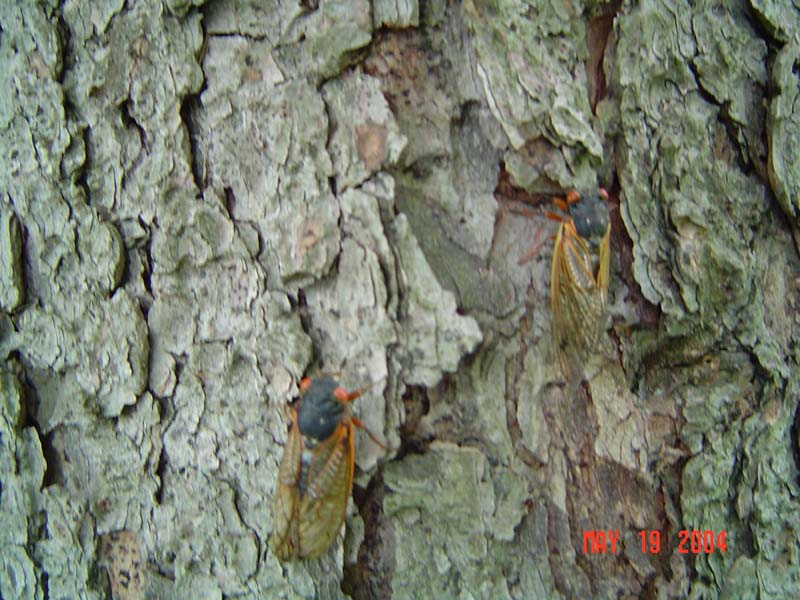
Cicada on the ground
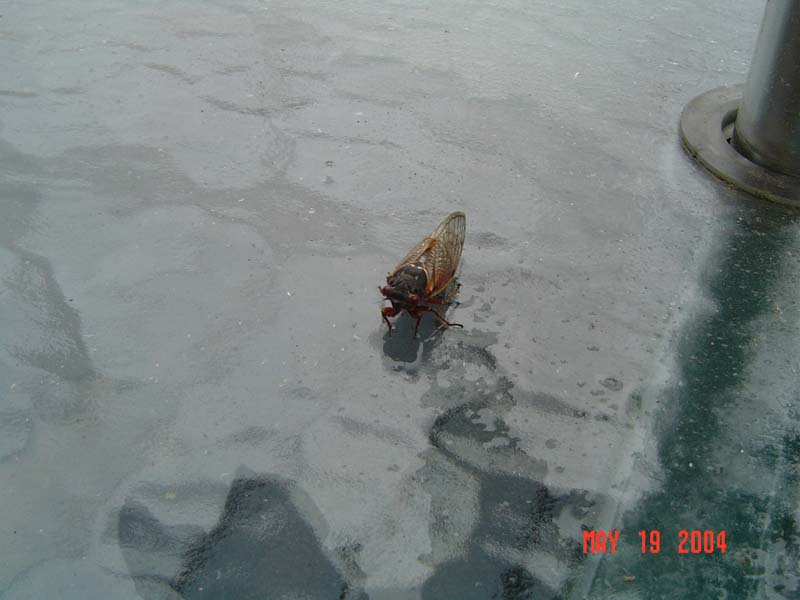
Brood X Magicicada photo by Fred Berry from 2004. Parts unknown.
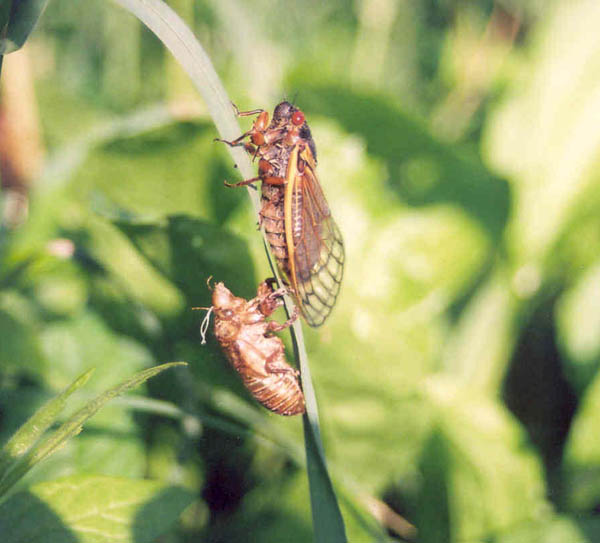
Brood X Magicicada photos by Mark Goldberg from 2004. Maryland.
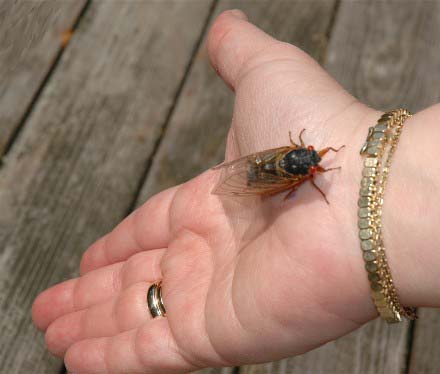
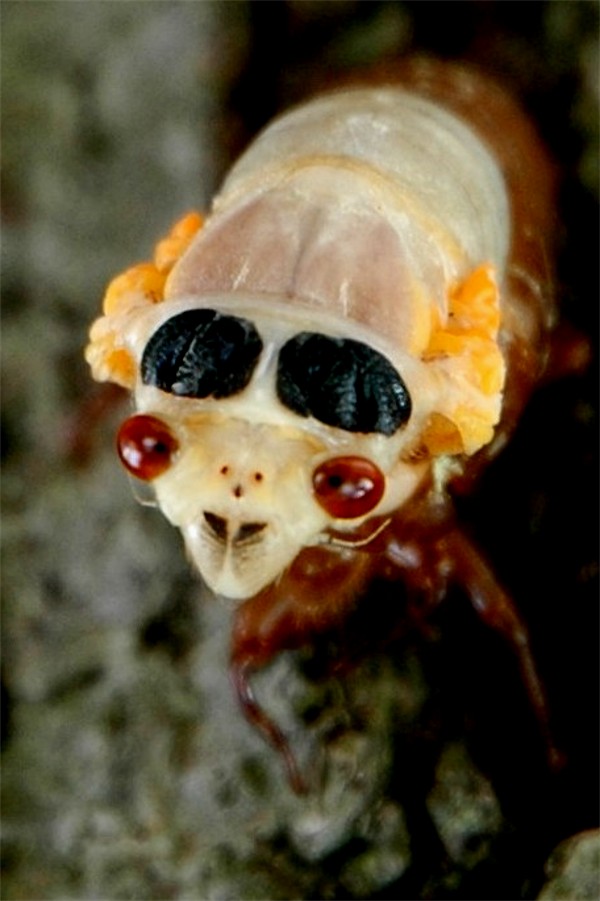
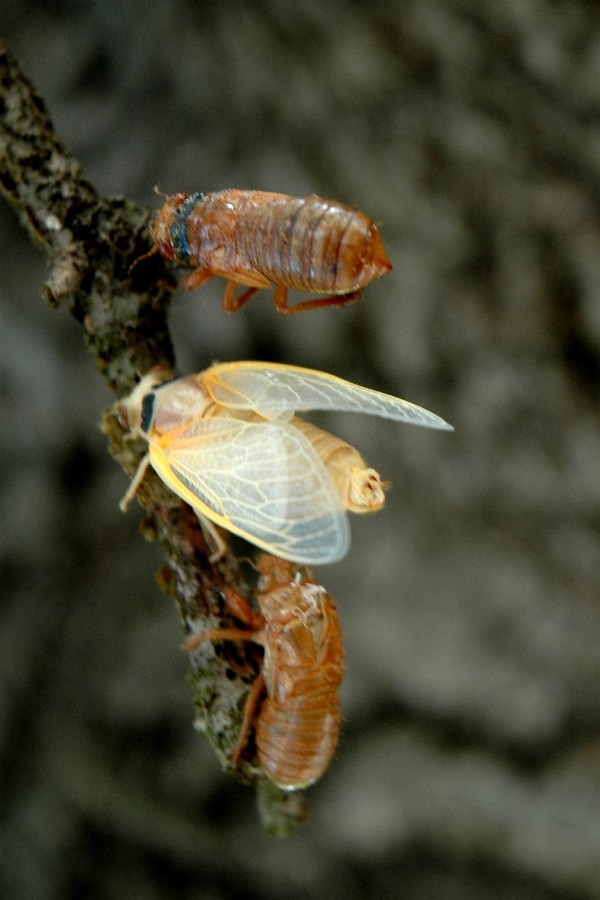
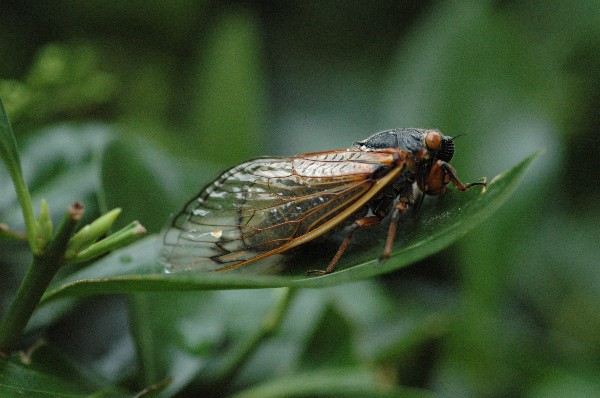
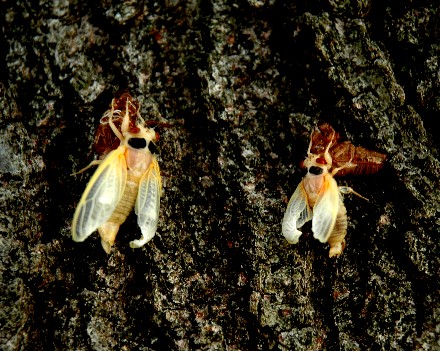
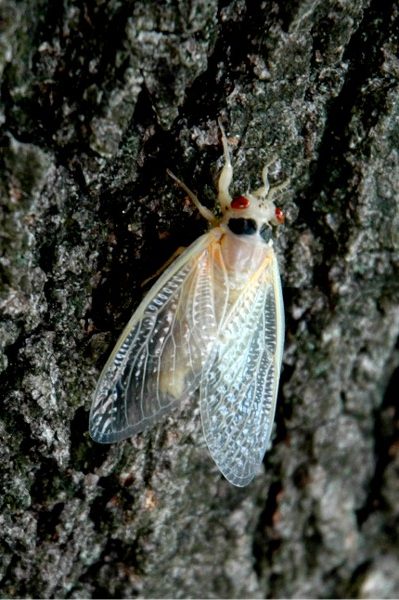
Brood X Magicicada photos by Phil Smith from 2004. Indiana.
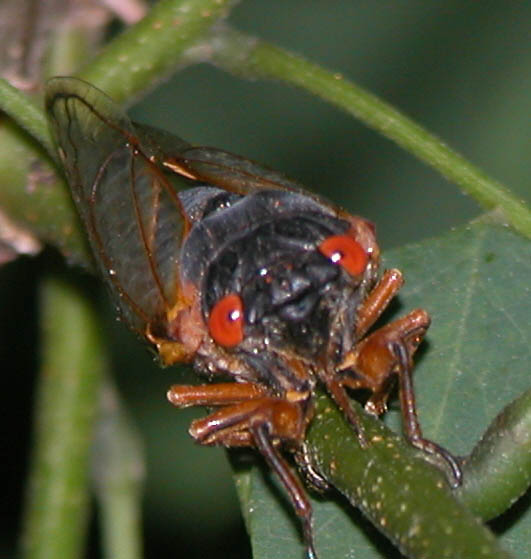
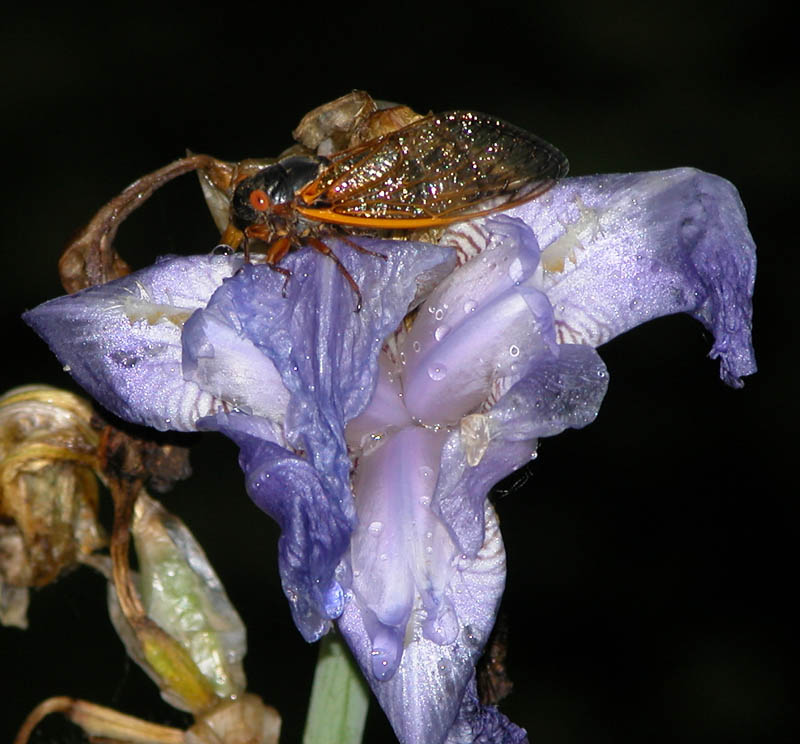
Magicicada Brood X photo by Frank Mefford from 2004. Kentucky.
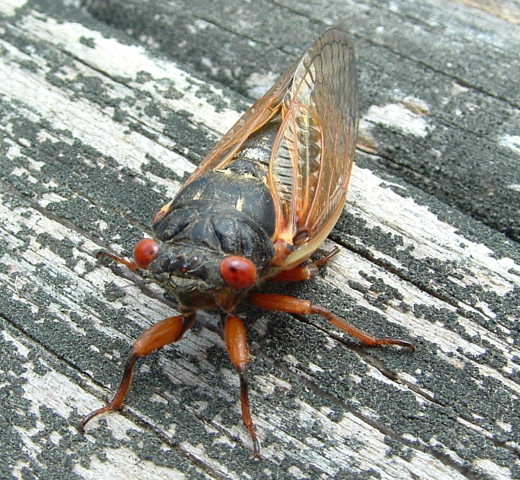
Magicicada Brood X photo by Walter Hanig from 2004. Washington, D.C.
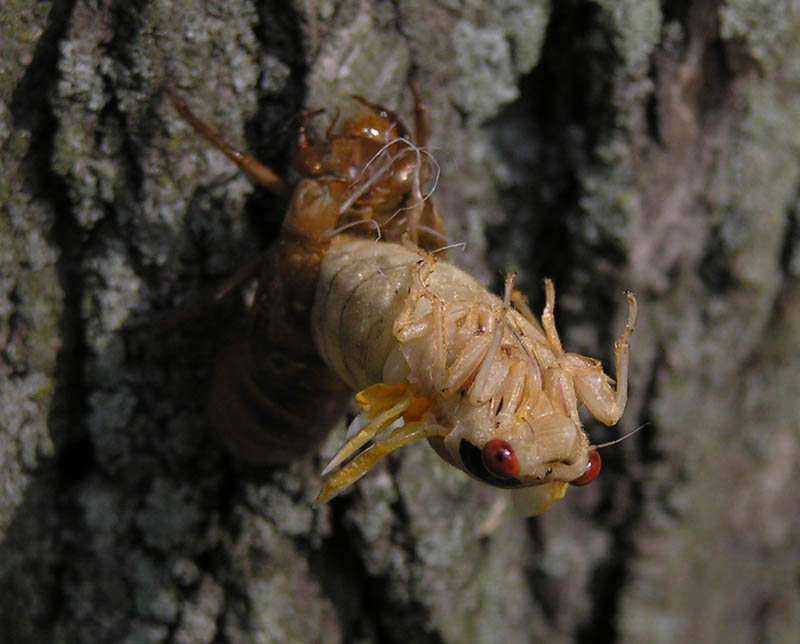
Magicicada Brood X photos by Steve Groh from 2004. Cincinnati, Ohio.
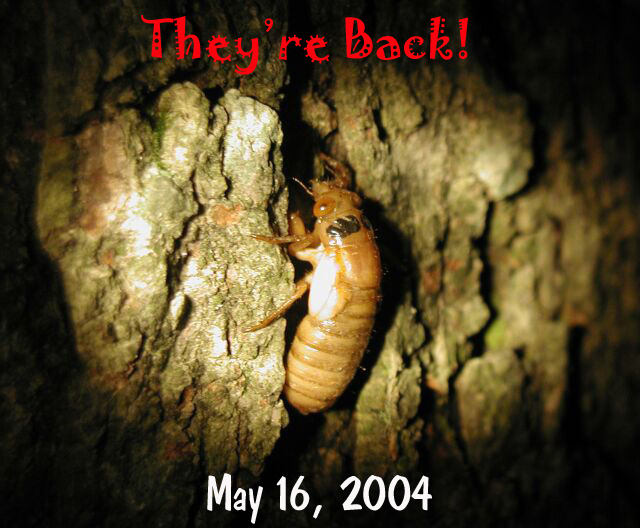
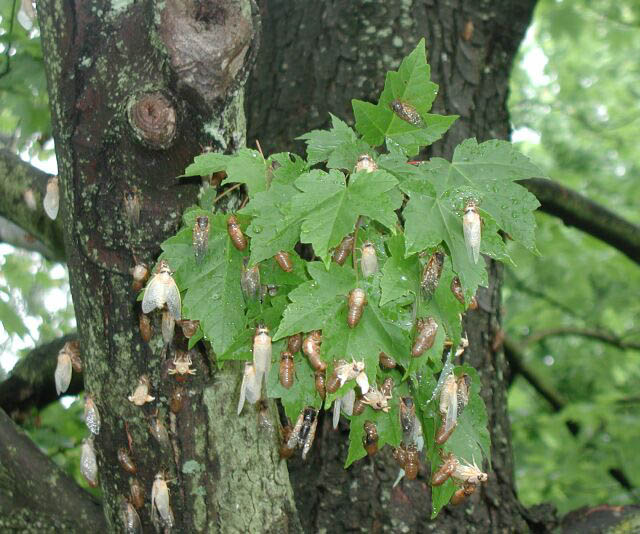
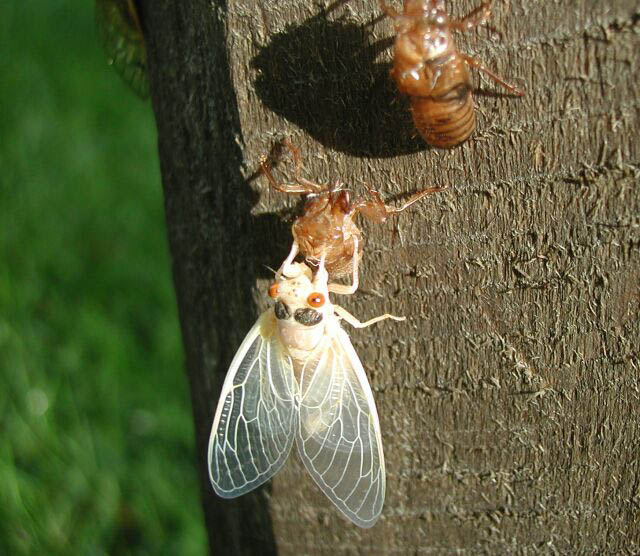
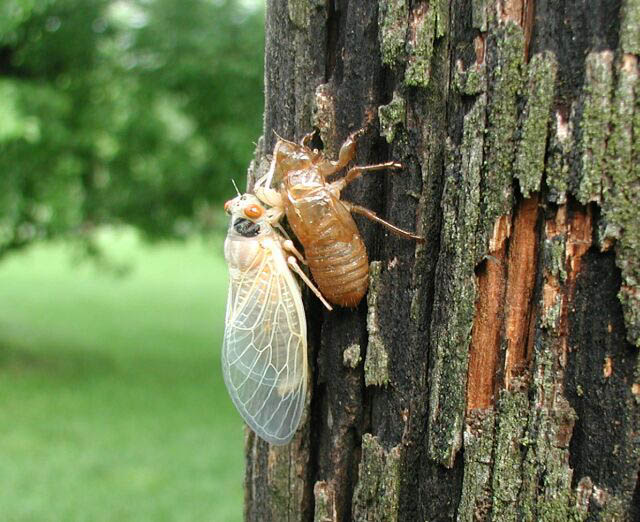
Photos of Magicicada cicadas with white & blue eyes by Roy Troutman from 2004.
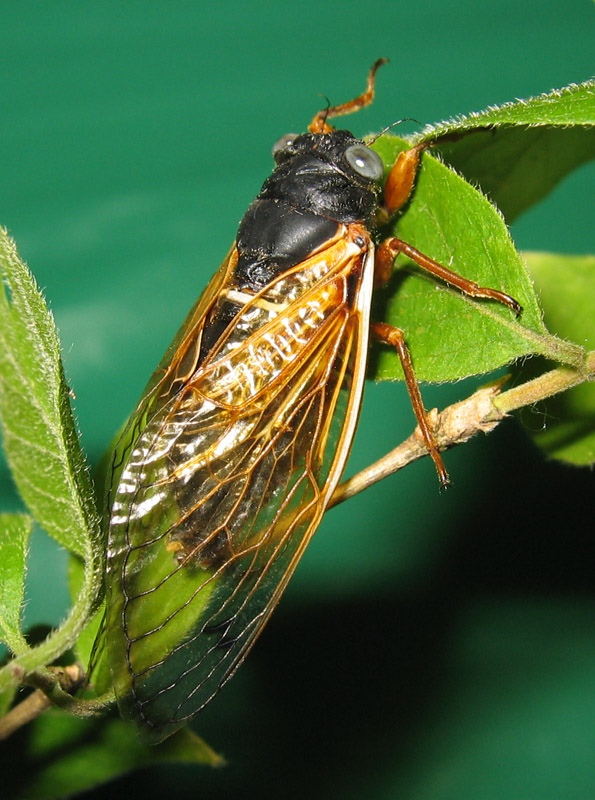
Photo of a Magicicada cicada with blue eyes by Roy Troutman.
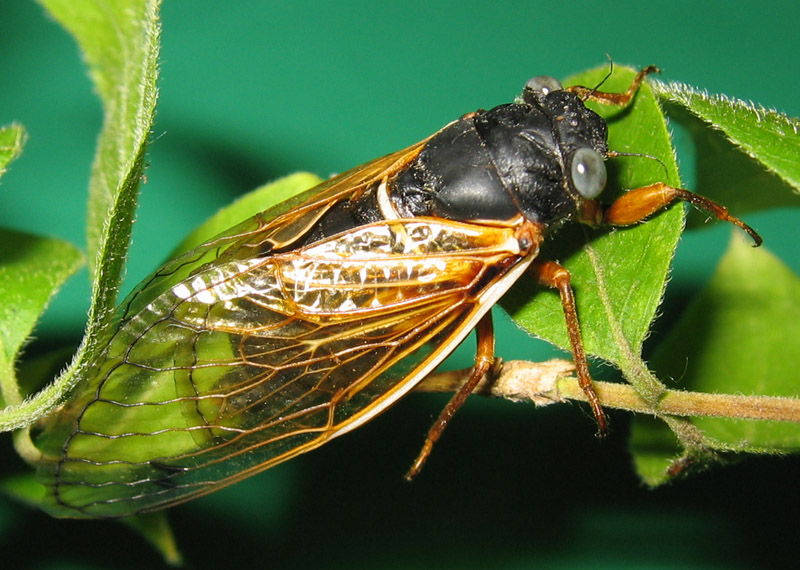
Photo of a Magicicada cicada with blue eyes by Roy Troutman.
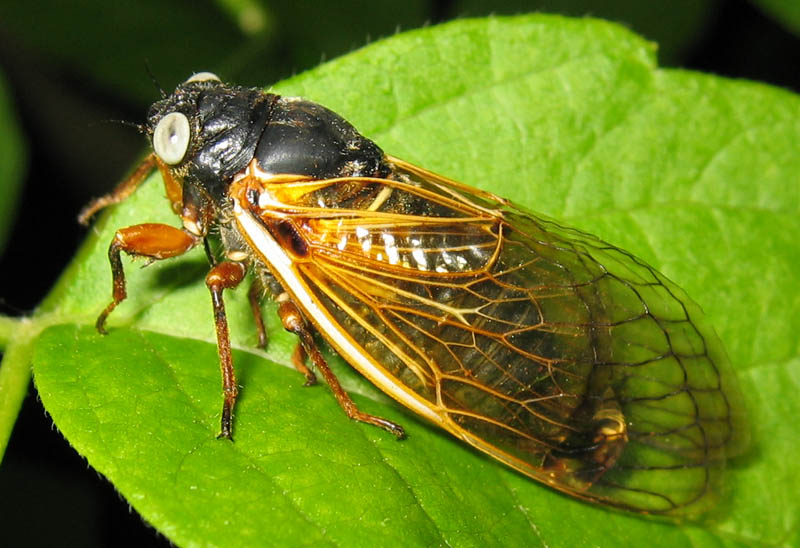
Photo of a Magicicada cicada with white eyes by Roy Troutman.
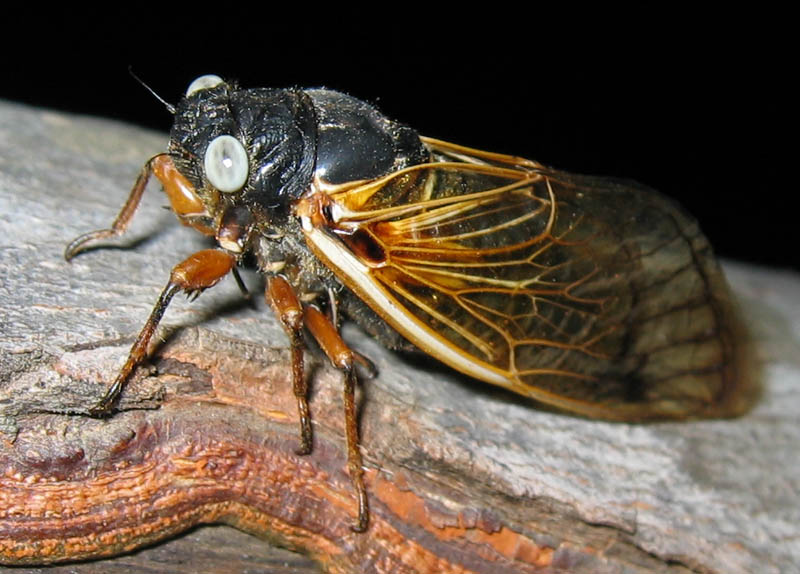
Photo of a Magicicada cicada with white eyes by Roy Troutman.
Note: I originally took this article down because embedding Google Trends slowed down the loading of the page. I’m republishing without the embeds.
This article was inspired by Serious Fun with Google Trends by Simon Leather.
Google Trends is a Google website that lets you see trends in the search terms over time. When people search for “cicada” it usually means cicadas have emerged in their area at the time they search.
The following graph shows when people searched for “cicada” over the past 10 years in the United States. The largest spike, in May of 2004, coincided with the emergence of Brood X. See it on Google Trends.

You might think that periodical cicada emergences cause the largest spikes, but not always — and not just because periodical cicadas don’t emerge every year.
2004: Cicada searches spiked May 16-22, which was Brood X — Magicicadas.
2005: Jul 31-Aug 6 spike which was for Neotibicen Cicadas. No periodical cicadas.
2006: Aug 13-19, Neotibicen Cicadas. No periodical cicadas.
2007: May 20-26, Brood XIII — Magicicadas.
2008: Brood XIV Magicicadas emerged (spike Jun 8-14), but the largest spike was Jul 29-Aug 2, Neotibicen Cicadas.
2009: Aug 16-22, Neotibicen Cicadas.
2010: Aug 8-14, Neotibicen Cicadas.
2011: May 29-Jun 4, Brood XIX — Magicicadas.
2012: Jul 29-Aug 4, Neotibicen Cicadas.
2013: May 5-11, Brood II — Magicicadas.
2014: Brood XXII — Magicicadas had a relatively small spike May 25-31, compared with Aug 24-30 for Neotibicen Cicadas (late season due to cool weather). There was also a teeny bit of a spike around January of 2014 due to the “cicada 3301” meme/game.
2015: Brood XXIII & IV Magicicadas emerged (spike around Jun 7-13), but the largest spike was around Aug 9-15 for Neotibicen Cicadas.
Which cities had the most cicada searches over the past 14 years? Nashville, Baltimore, Cincinnati, Arlington, Washington, Alexandria, Pittsburg, St. Louis, Columbus, and Chicago. Time to move to Nashville.
In Australia, searches for “cicadas” peaks in December (summertime in Australia). It looks like there is a year-over-year pattern arising as well, with peaks every 4 years (2009, 2013, 2017) particularly, if you drill down to New South Wales.
In Japan, searches for “セミ” peaks in August.
Now I know when to visit these countries. 🙂
Try it yourself.